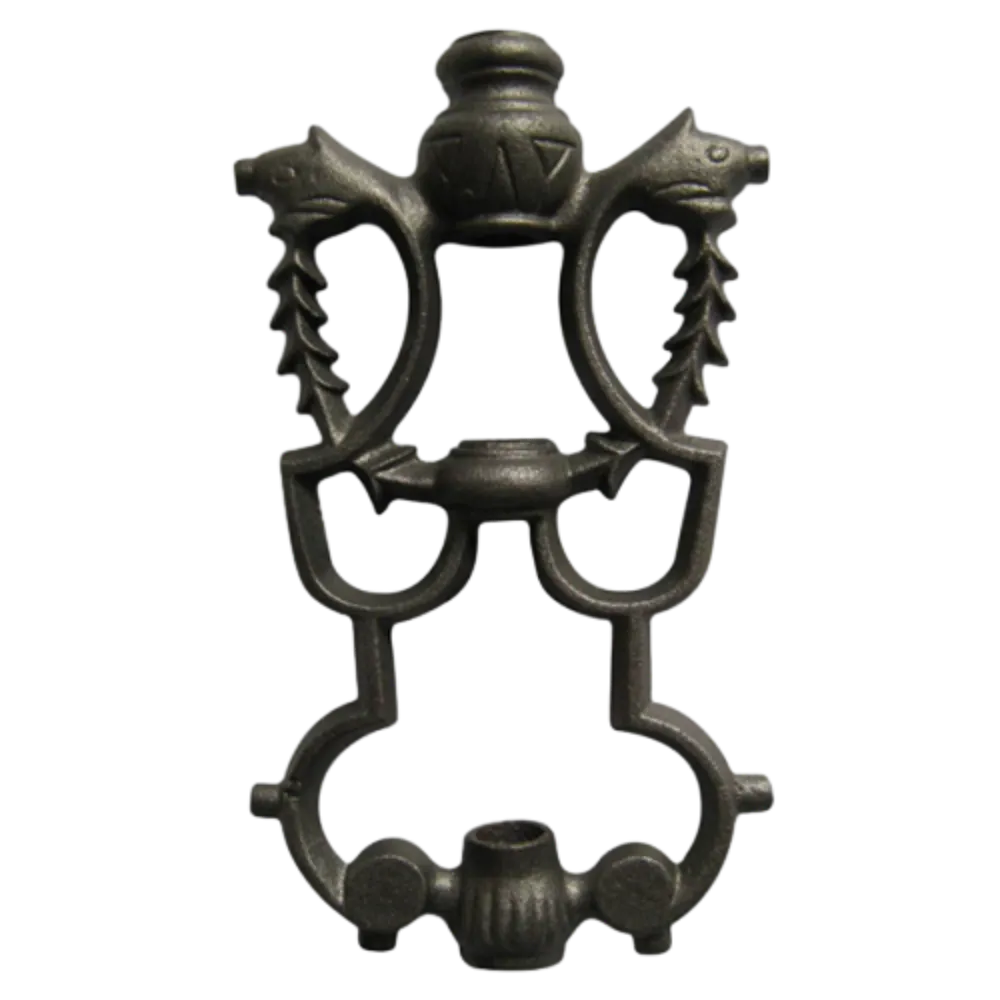decorative metal castings
The Art and Craft of Decorative Metal Castings
Decorative metal castings have long been a cherished art form, combining aesthetics with functionality to create stunning pieces that elevate both interior and exterior spaces. This craft encompasses a variety of techniques and materials, ranging from traditional methods to modern innovations, each contributing to the unique character of the final product.
Historical Context
The history of decorative metal casting dates back thousands of years. Ancient civilizations, such as the Egyptians and Greeks, utilized metal casting to create ornamental objects and functional items, demonstrating skill and artistry. Objects ranged from jewelry to intricate architectural elements. The Lost Wax Casting technique, known as cire perdue, is one of the oldest methods still in use today, allowing artisans to produce detailed and unique designs.
As industrialization progressed, metal casting expanded dramatically. The invention of new alloys and the introduction of mass production techniques enabled artists and manufacturers to produce decorative metals in larger quantities, making them more accessible to a broader public. Despite this industrial push, the essence of decorative metal casting remains rooted in craftsmanship, with many artisans still opting for manual techniques to ensure the distinctiveness of their work.
Techniques and Materials
Contemporary decorative metal casting utilizes various methods, including sand casting, investment casting, and metal injection molding. Each technique has its advantages, particularly in achieving different textures and finishes. Sand casting is often used for larger items, allowing for a cost-effective approach to create complex shapes. Investment casting, known for its precision, is favored when intricate details are required, such as in jewelry production.
Materials commonly used in decorative metal castings include bronze, aluminum, and iron
. Bronze, with its rich reddish-brown hues, encases a long life of durability and beauty. Aluminum, known for its lightweight and resistance to corrosion, is often used for outdoor decorative pieces such as garden sculptures, railings, and furniture. Iron, particularly cast iron, is favored for its robust strength, making it ideal for larger architectural elements like gates and railings, often seen in historical buildings.decorative metal castings

Applications and Design
The applications for decorative metal castings are vast and varied, from functional items to pure art. They can be found in architectural features, such as railings, doors, and lighting fixtures, which enhance the beauty of outdoor and indoor spaces alike. Many homeowners turn to decorative metal pieces to complement their interior design, opting for intricately designed wall art or bold sculpture pieces that serve as conversation starters.
In the realm of fashion and jewelry, decorative metal casting plays a crucial role as well. Designers incorporate casting techniques to create unique, bespoke pieces that reflect individual style while embracing the meticulous craftsmanship tradition. The versatility of metal allows for endless possibilities in design, with the potential to incorporate various finishes, textures, and patinas.
Environmental and Sustainability Considerations
As environmental awareness grows, many artisans and manufacturers are embracing sustainable practices within the industry. This includes sourcing metals from recycled materials, thus minimizing the ecological footprint of casting processes. Additionally, advances in technology have allowed for more energy-efficient methods in metal casting, aligning with the global movement toward sustainability.
Conclusion
Decorative metal castings are an enduring testament to the blend of art and craftsmanship. With a rich history and a diverse range of techniques and applications, this unique art form continues to evolve while maintaining its core principles of creativity and beauty. Whether gracing the walls of a gallery or framing an architectural marvel, decorative metal castings not only enhance our surroundings but also connect us to a long lineage of artistry that transcends time. As artisans look to the future, combining traditional methods with innovative practices, the art of decorative metal casting will undoubtedly continue to thrive and inspire.
-
Wrought Iron Components: Timeless Elegance and Structural StrengthNewsJul.28,2025
-
Window Hardware Essentials: Rollers, Handles, and Locking SolutionsNewsJul.28,2025
-
Small Agricultural Processing Machines: Corn Threshers, Cassava Chippers, Grain Peelers & Chaff CuttersNewsJul.28,2025
-
Sliding Rollers: Smooth, Silent, and Built to LastNewsJul.28,2025
-
Cast Iron Stoves: Timeless Heating with Modern EfficiencyNewsJul.28,2025
-
Cast Iron Pipe and Fitting: Durable, Fire-Resistant Solutions for Plumbing and DrainageNewsJul.28,2025
-
 Wrought Iron Components: Timeless Elegance and Structural StrengthJul-28-2025Wrought Iron Components: Timeless Elegance and Structural Strength
Wrought Iron Components: Timeless Elegance and Structural StrengthJul-28-2025Wrought Iron Components: Timeless Elegance and Structural Strength -
 Window Hardware Essentials: Rollers, Handles, and Locking SolutionsJul-28-2025Window Hardware Essentials: Rollers, Handles, and Locking Solutions
Window Hardware Essentials: Rollers, Handles, and Locking SolutionsJul-28-2025Window Hardware Essentials: Rollers, Handles, and Locking Solutions -
 Small Agricultural Processing Machines: Corn Threshers, Cassava Chippers, Grain Peelers & Chaff CuttersJul-28-2025Small Agricultural Processing Machines: Corn Threshers, Cassava Chippers, Grain Peelers & Chaff Cutters
Small Agricultural Processing Machines: Corn Threshers, Cassava Chippers, Grain Peelers & Chaff CuttersJul-28-2025Small Agricultural Processing Machines: Corn Threshers, Cassava Chippers, Grain Peelers & Chaff Cutters












